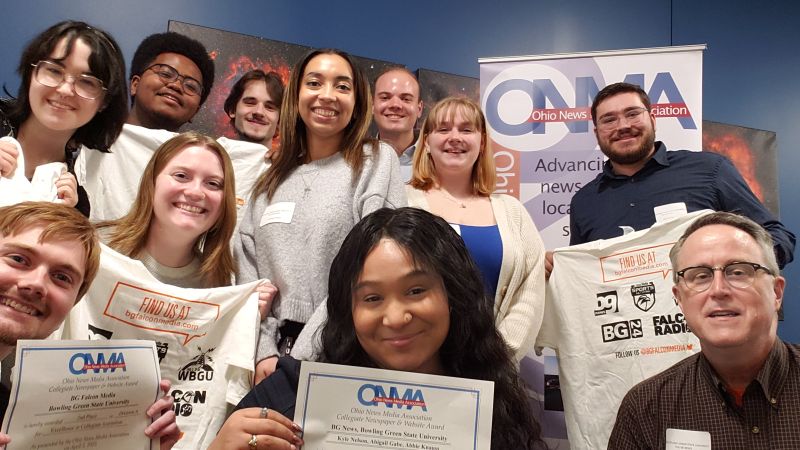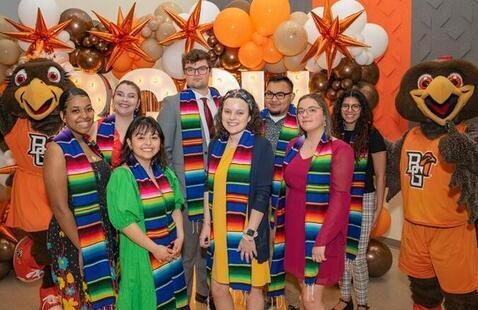Blending the crafts of writing and art together, the Graphic Novel Workshop class added last spring will be available once again to students this spring semester.
The course is dedicated to reading, interpreting and understanding stories told via the medium of sequential art, in addition to a project involving drafting one’s own story into a graphic setting.
Though the class was pioneered as a special topics course, Theresa Williams, senior lecturer in the Department of English, and Lawrence Coates, chair of the English department, decided to push for it to be fully sanctioned by the University after seeing a great interest from students.
The workshop is listed as an English course, but Coates hopes “that both majors in Creative Writing and majors in the School of Art would enjoy this class. I would love to see some collaborative work come out of the class.”
Sara Kear, an art major and creative writing minor, took the course.
“The class was something I’ve always been interested in exploring more so I took it anyway,” she said, after acknowledging that it did not fulfill any particular graduation requirement for her. “I learned a great deal about ways of integrating text and imagery to tell a story,” Kear said.
In discussing the value of such a class, Coates said, “Graphic novels are an increasingly prominent feature of the literary landscape. Very well-considered works like ‘Persepolis,’ ‘Maus,’ or ‘Can’t We Talk About Something More Pleasant’ have won the Pulitzer Prize and been short listed for the National Book Award. I think that it serves our BFA major very well to have this available as an elective.”
Indeed, graphic novels have burgeoned in popularity as a medium.
Some may think only of the sunday funnies when they consider comics, or the Marvel and DC universes populating cinema as of late.
But artists and story tellers have embraced the medium of comics over time to tell stories that breech the gap between visuals and text.
“Maus,” is a story about the Holocaust, starring mice. The New York times review of it said, “Art Spiegelman doesn’t draw comics… (“Maus”) is a serious form of pictorial literature.” This was the first of its kind to win the coveted Pulitzer Prize in 1992.
Coates shared the success of one of the English department’s alumni.
“We have one prominent graduate from our BFA program, Mark Sumerak, who went on to work for Marvel Comics before striking out on his own,” he said. “The program is very proud of him, and I hope that providing this opportunity for students may open up horizons for them.”
Outside of these literary achievements of the medium, Coates finds practical use for students of all majors and back grounds.
“Learning how pictures can tell stories can be important in many fields: advertising, screenwriting and video game design. A critical and theoretical body of work has formed around the graphic novel, and graphic storytelling more broadly,” Coates said.
“The class was worth all the time it took to complete the various projects,” said Kear. She hopes to, “spread the word about this fantastic class,” and that, “we can have more opportunities like this at BG.”













